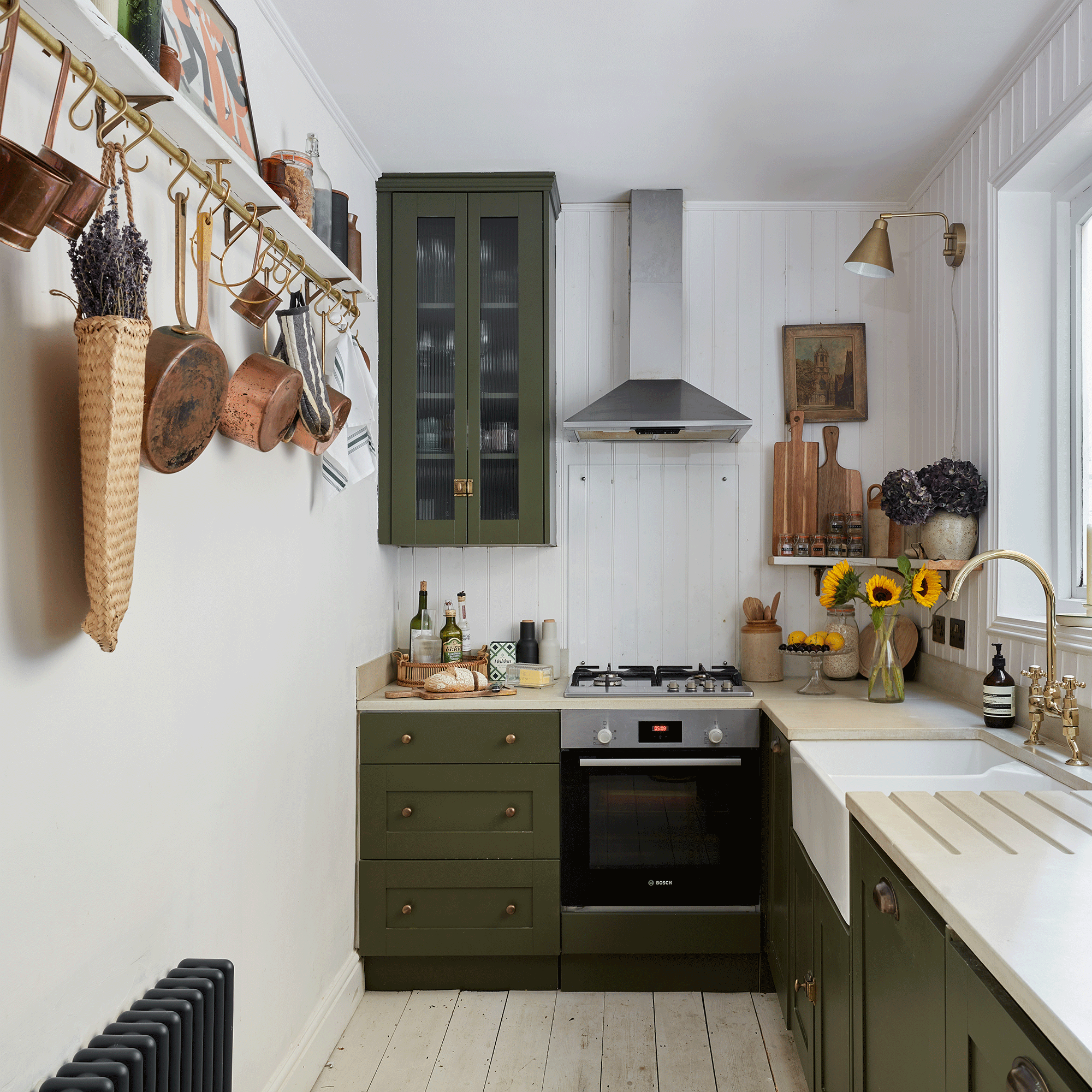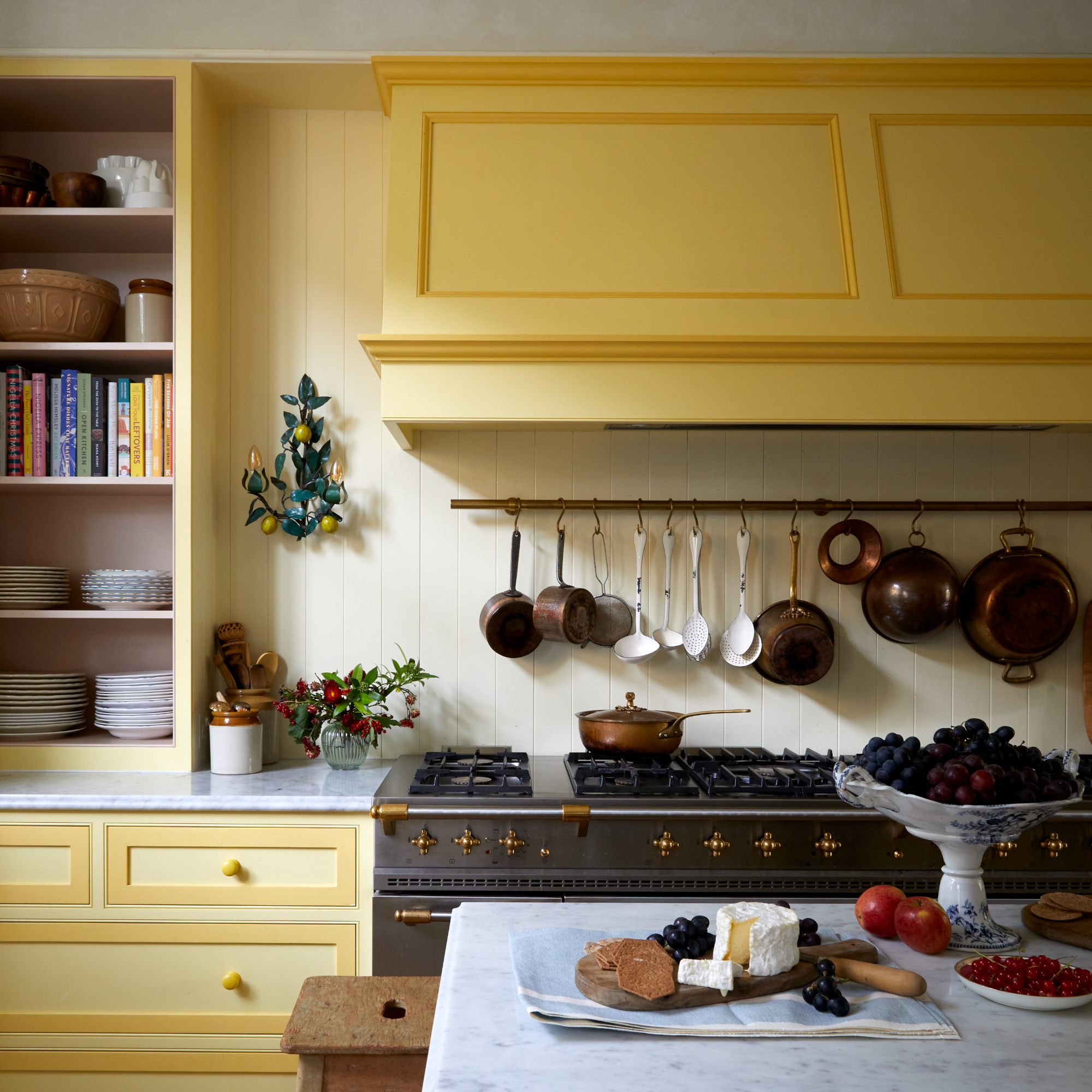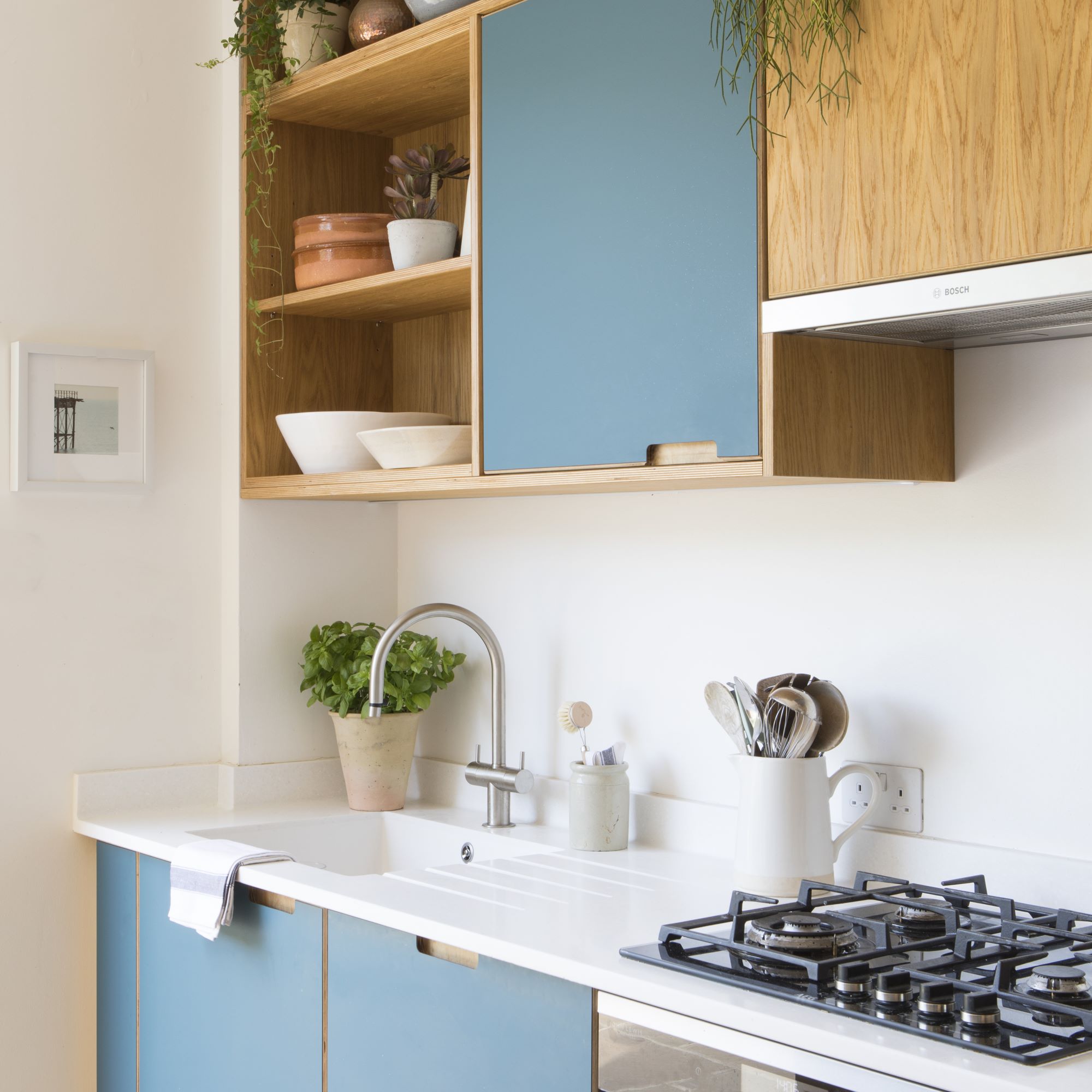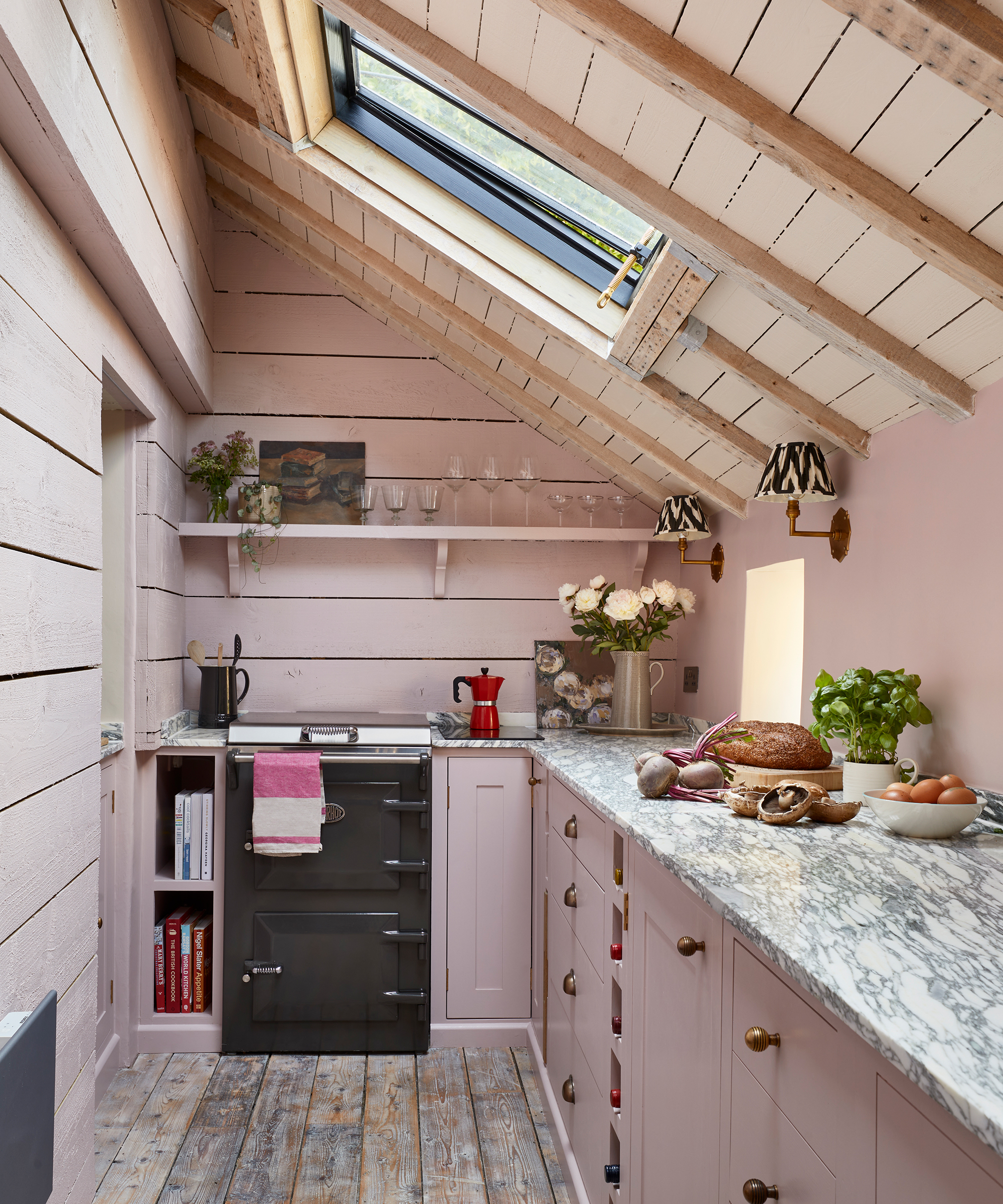
Stainless steel pans are a mainstay of professional kitchens, but why are they so favoured? In my time as Ideal Home's Kitchen Appliances Editor, I've interviewed plenty of experts to inform our guides to the best saucepan sets and best non-stick pans. Almost every professional chef I've spoken to swears loyalty to stainless steel pans due to their robust builds.
Stainless steel, like Le Creuset pots and Vitamix blenders, are seemingly ubiquitous in professional kitchens. Though we're all in favour of doing as the pros do, the elephant in the room is that stainless steel doesn't come cheap. So I set out to first establish why chefs love to use stainless steel over cast iron or toughened non-stick alternatives and to find out if we should follow suit in our kitchens at home.
The benefits of stainless steel pans
If you're shopping and come across a pan with a stainless steel construction, it'll usually be made from an alloy of iron, carbon, nickel, and chromium. This combination of metals means that stainless steel pans shouldn't taint or warp when used, even at high heat.
These metals are also efficient conductors, so your pan will evenly distribute heat to whatever you're cooking, making following a recipe or whipping up a dinner much easier.

Eric Fraudeau, a French chef with over 40 years of culinary experience and the owner of Cook’n With Class Paris, a cooking school in France, has a simple piece of reasoning as to why he favours this type of cookware in a professional setting.
'Stainless steel pots are a chef's best friend—they’re easy to clean, naturally non-stick, heat up quickly, and don’t require any seasoning, making them incredibly convenient for everyday use in the kitchen.'
He's not the only chef to vouch for this material in a setting where food standards are high. Paul Bough, cookware brand ZWILLING's Resident Chef, breaks down the situations where you'd want a stainless steel pan on hand, saying 'Stainless steel pans are good all-rounders that can be used with low to high temperatures for sauces, fish and sautéing vegetables while iron pans or pans with a criss-cross mesh surface are ideal for searing steak.'

Another important element to using stainless steel pans is weight, as I found out when I attended a cooking class with Le Creuset's resident home economist Alison Haigh. Le Creuset's stainless steel 3-ply collection is professional weight and can therefore maintain higher temperatures and retain heat better.
The drawbacks of stainless steel pans
As I touched on earlier, the main thing that will prevent most of us from a kitchen full of stainless steel is the price tag, with sets often getting into the hundreds of pounds.
Though stainless steel pans are favoured by chefs for restaurant cooking there's an argument that for everyday cooking you might be better off with a cheaper alternative. Paul Bough, resident chef at ZWILLING, says 'Different pans suit different tasks and non-stick designs are ideal for things like frying or scrambling eggs, as they don’t require much oil, if at all.'

He adds 'The great thing about non-stick pans is that they don’t need to be seasoned before use and they should stay non-stick for a long time, especially when a triple-layer Permaresist Ultra coating is applied. For easy cleaning and low maintenance, look for a scratch-resistant design that’s also dishwasher-safe and for versatility when cooking, check that it’s oven-proof, too.'
As Paul touches on, though you don't have to season a stainless steel pan, some prefer to and the process for keeping your stainless steel in good condition can be more involved than a normal non-stick pan.
When is a stainless steel pan right for you?
Stainless steel pans are right for you if you're cooking in your kitchen every day, especially if you invest in a saucepan set that has a frying pan included, as you can efficiently cook carbs (like rice and pasta) as well as sauté meat and vegetables.
If you're more of a casual cook, and tend to stick to using just one pot or pan for smaller jobs (like cooking eggs or all-in-one meals), then a non-stick pan might serve you best long-term, given the upfront cost of stainless steel pans is so high.
If you want to invest in a seriously capable set of stainless steel pans, you can find a few of my favourites below that I've tried and tested.
This is a versatile pan for everyday cooking which has a stainless steel construction with an aliminum core as well as a non-stick surface. It's the best of both worlds, and oven safe up to 260°C.
For casseroles, frying, searing and even baking (I've seen it done!) this Le Creuset dish is invaluable. It's 3-ply and has a wonderful shape for everyday cooking.
These are certainly pricey, but after testing them, I had to conclude they were the top-rated saucepans I'd ever tried. They are the unsung heroes in my kitchen for almost every task.
Will you be opting for stainless steel in your kitchen the next time you need to update your cookware?







